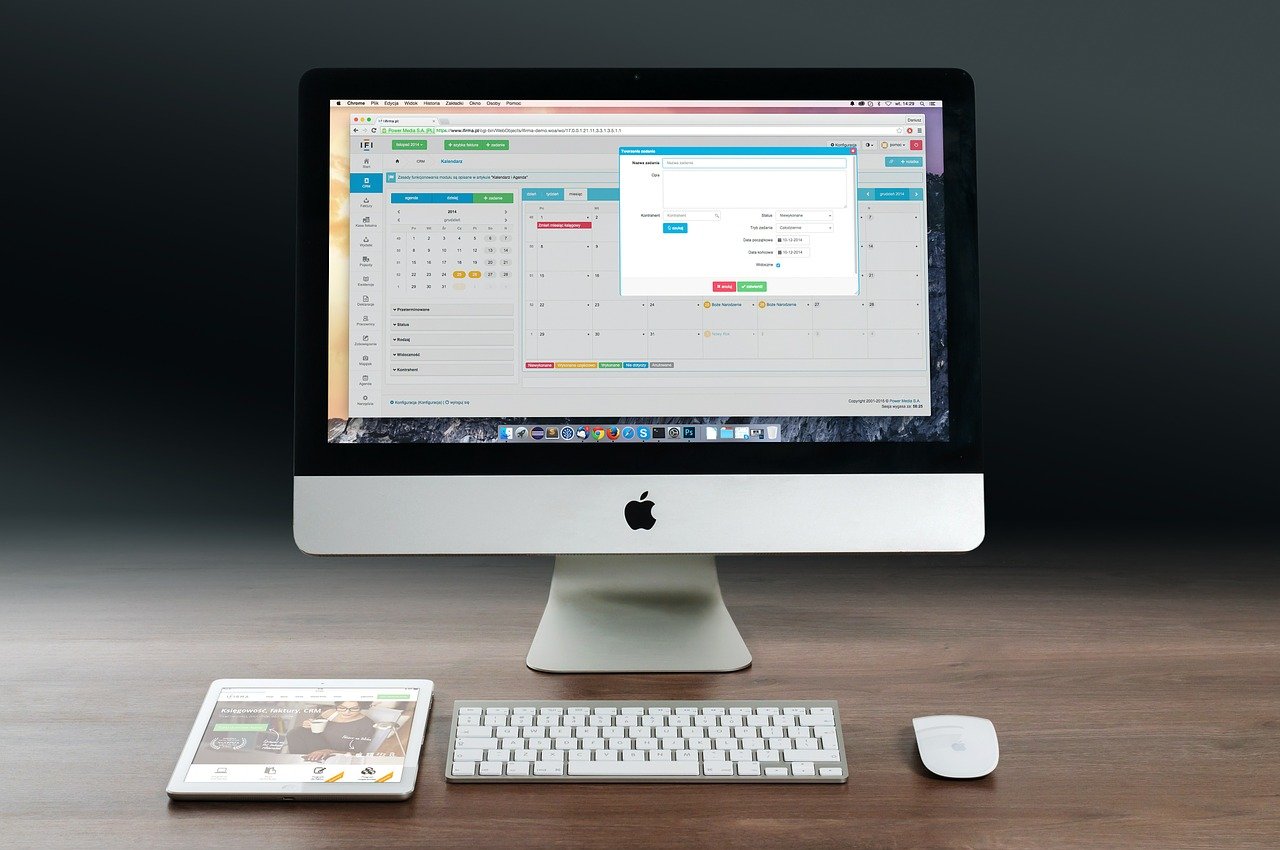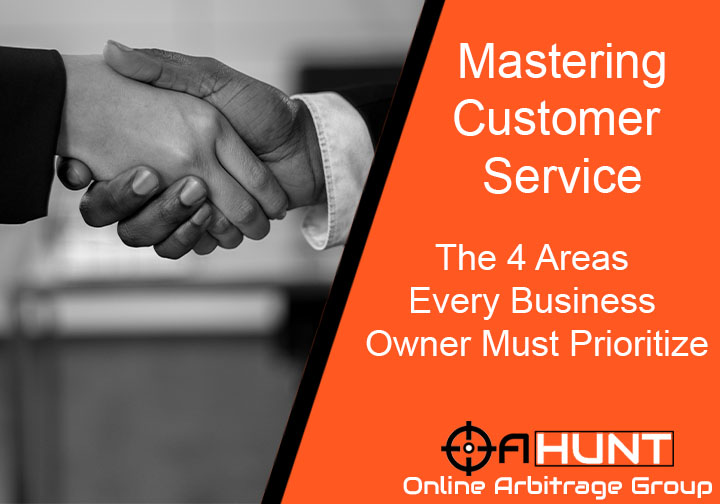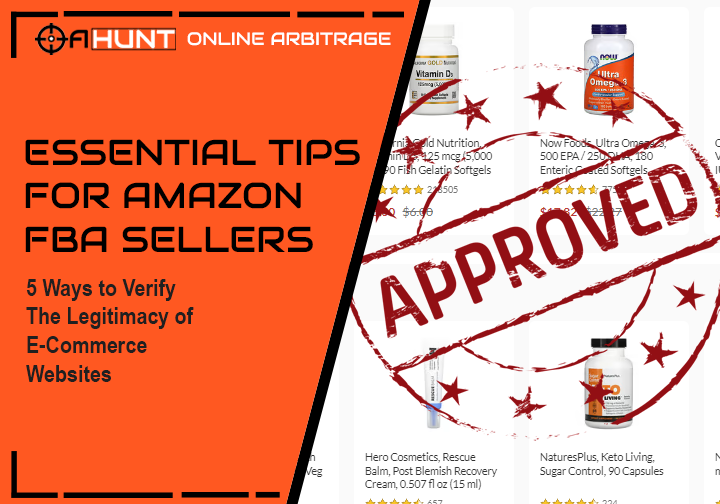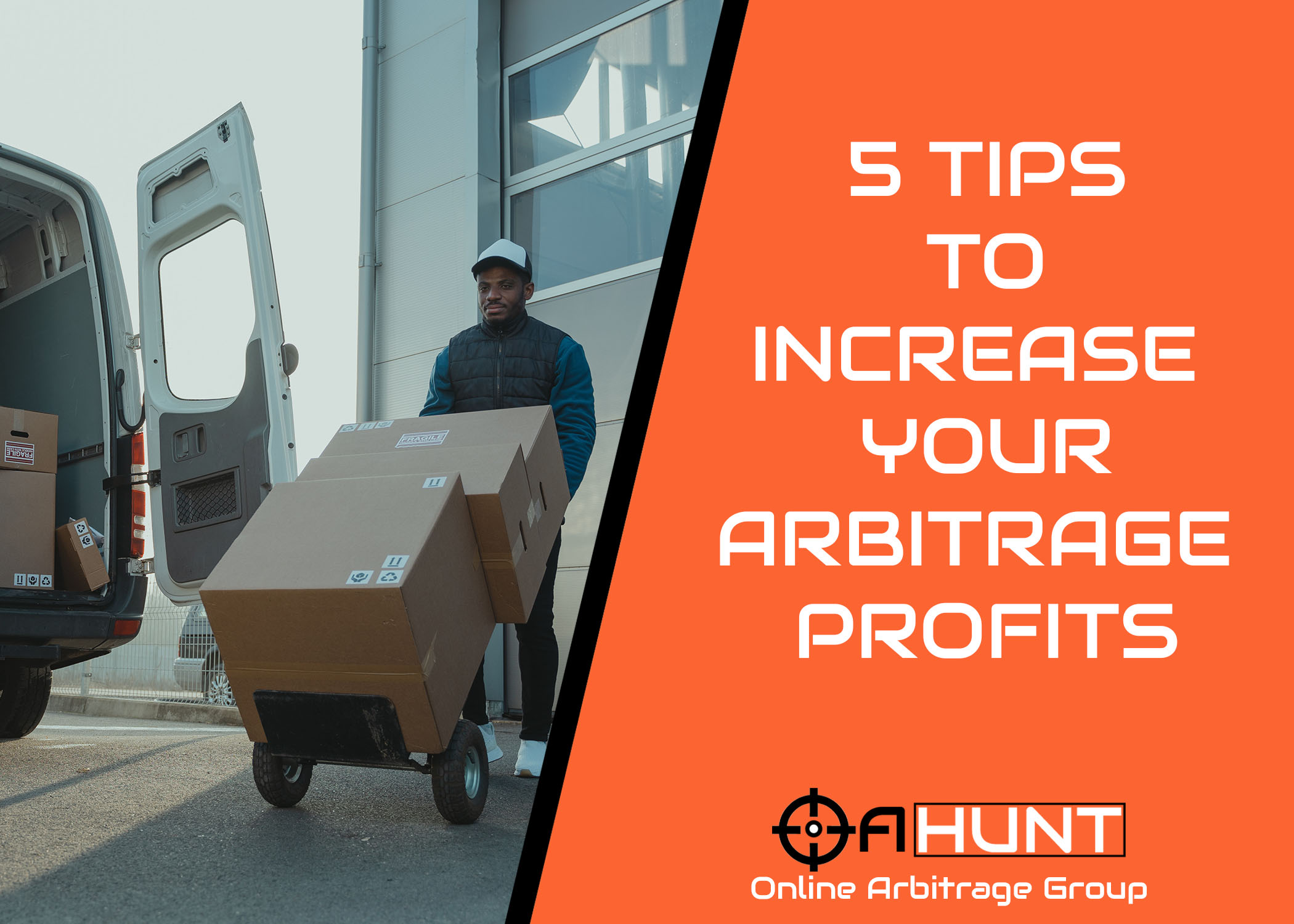The key to success with any business is finding a great product to sell. This is no different with an Amazon reseller business. In fact, I would argue this is 90% of the battle when it comes to growing and running a successful amazon reseller business.
The question I see asked like clock work, everytime the opportunity presents itself is; “Where can I find good products to sell?” No successful amazon reseller is going to give away the secrets to their success. So you will get some very broad generalizations like:
- Go to walmart and start scanning every product
- Find items around your house and list them on amazon
- Go to thrift stores and find products that resell on amazon
- Look at popular ecommerce websites and find products that way
While all of these answers are not wrong, they are not really answering the question that was asked. The question is, where do you find products to sell on amazon?
Below I have listed out 5 popular ways I have seen resellers find great products to buy. Keep in mind this is only 5 options. There are many, many more. In my experience, the more well known the sourcing method, the more saturated the market is and the lower the margins will be.
To find out more about online arbitrage, read our recent blog article here: What’s Online Arbitrage? The Art of Making Money on Amazon in 2021
1 - Retail Arbitrage
Retail Arbitrage, otherwise known as RA, is where most people start when they begin their Amazon journey. This method is extremely popular. With retail arbitrage, you are going into brick and mortar stores and finding products that you can sell on Amazon for a profit. It is helpful if you are in or near a larger city with a lot of stores.
Retail arbitrage requires just a few simple tools to get started:
- Amazon Seller App
- Keepa
With this method, it is really a numbers game. Armed with your amazon seller app, you can go into any store and start scanning products. A few stores I would recommend:
- Walmart
- Target
- TJ Maxx
- Big Lots
- Kohls
- Dollar Store
If that store has a clearance section, I would recommend that as your starting spot. Never assume you already know how a product will do. I have scanned some products and been absolutely shocked at the margins and volume on amazon.
With this method, you will get out what you put in. If you go in, spend 20 minutes looking around and scan a few things, you will not be successful. If you go in and spend an hour or more scanning each aisle thoroughly, you are going to find some really great products to sell!
For more information on retail arbitrage, I would highly recommend Nikki Kirk on Youtube. I learned so much from watching her videos when I first started out! She covers everything you will ever need to know about RA. She also has some really great guides on getting ungated in different categories. This will open up what products you can sell and make it easier for you to scale your business.
An Important note: Not every day will be a winner when you are sourcing via retail arbitrage. Some days you won't find anything while you're sourcing, other days you will get a hold mine. Do not get discouraged by a few bad days.
Pros:
- The easiest way to get started with your Amazon FBA business
- You can start with $100
- Most communities on Facebook are geared more towards this model, so it’s easy to find help for any questions you have
Cons:
- Very competitive
- Takes a lot of time to source products
- In my opinion, it's a harder model to scale if you are doing this part-time
2 - Software
Software is where I started to grow my business! I tried retail arbitrage in the beginning but it wasn't what I enjoyed. I am a natural introvert, so spending hours scanning products in crowded stores was not appealing to me. I am a firm believer in enjoying what you do. If you don't enjoy it, you will avoid it. This is how businesses fail. Find a method that works for you and stick with it!
Software is a great way to start. Knowing how to source, what to look for etc. is all part of the learning curve. The faster you learn this, the easier it will be to spot great products to buy.
I started with quite possibly the most popular sourcing software out there: Tactical Arbitrage
If you’re ready for this step in your business please use our affiliate link above to get an extended free trial (10 days total to test this software out FREE)
Remember what I said before, the more popular the sourcing method, the more saturated the market. This does not mean you can’t make a lot of money though!
Tactical arbitrage is a very simple concept. It takes manual online sourcing and automates it. You can set up automated scans that can run while you are working. It has a list of 350+ popular websites that you can scan.
The best part is, it's incredibly simple to learn/do! You don't need to be an expert. Tactical Arbitrage is set up in a way that makes it simple to start and even easier to learn.
I am a HUGE fan of learning via youtube. It's how I learned how to build websites, do SEO, run PPC campaigns and it's how I learned to build my amazon business. A quick search on youtube will bring up hundreds of informational videos that will show you how to master Tactical Arbitrage. A great free resource for this is Chris Grant on Youtube
Just like most software, there is the set it and forget it method, which Tactical Arbitrage has. There is also the more advanced method that can include:
- Uploading ASIN lists using a reverse lookup
- Creating Xpaths for new sites that nobody has found yet
- Scanning wholesale supplier lists
Pros:
- Simple learning curve
- Plenty of online videos to learn from
- You can do it from home, no travel is necessary
Cons:
- Expensive, there is a monthly fee for the software
- This is the most popular software, so a lot of people are using it which can make it harder to find good products
- A lot of data to sort through to find profitable products
*Use of Tactical Arbitrage requires an active Amazon Professional Seller account.
3 - Outsourcing
Outsourcing is inevitable for most businesses as they grow. Even if you use software, you will eventually want to outsource tasks. This is where I went next after I had been using Tactical Arbitrage for a few months. I was ready for more. I wanted more and honestly, I was tired of spending hours and hours sorting through all the data that Tactical Arbitrage had provided.
This step should not be your first. You need to know what you are talking about. You need to Understand how amazon works and what metrics you prefer for the products you will buy. Outsourcing will generally require you to provide a bit of training to your VA (Virtual Assistant) as well. So the more you understand it, the easier it will be to train them up so they get you exactly what you want.
There are a lot of sites you can go to to find someone that can do product research for you. Some of the most popular are:
While this option can look great, it has its downsides too.
Pros:
- Gives you time to focus on other parts of your business
- Can help you scale infinitely
- Product sourcing is a sought after skill, so many VAs specialize in Amazon FBA
Cons:
- It can be expensive depending on your VAs skill level
- You will go through a few VAs before you find one that you work well with
- If you don't like managing people, this is not a good route for you
4 - Facebook/Discord Groups
I have been a part of a few Facebook groups and they can be great! There are a ton of them out there. Some of them are free and some are paid. The paid ones can offer a lot of value! In the paid groups, you will find BOLOs (Be on the Lookout), Flips, Auto Ungate ASINS, and TONS more stuff! Facebook groups are great to join to find new products, learn what's working and are a great place to ask questions as you learn.
I am a part of 4 Facebook groups that also have Discord channels. A discord channel is very similar to a Facebook group but it has more flexibility. It's a chat platform that allows the admins to customize the user experience, segment out conversations so it's easier to find what you need, and provide coaching to all its users.
*Learn how to search and join Facebook groups here:
https://www.facebook.com/help/103763583048280
If you are new, and you're looking for how to get started, these are a great place to start! But make sure you are also doing your homework. Like I said before, nobody is going to hand you all their secrets. But they will guide you and show you how to learn what you need to know.
A few of them even have products listed that are great flips. So you can find products to sell and meet people that are doing the same thing you are.
Pros:
- Not hard to find and join
- Products/flips can be found in some of them
- Great place to meet like-minded people
Cons:
- The good ones cost money
- The bigger ones can be hard to communicate in. You have thousands of people asking questions and it gets a bit crazy
- The products provided are seen by hundreds if not thousands of other sellers
5 - Lead Lists
This approach is by far my personal favorite. I have tried all the above approaches over the past 6 months and they provided great results at times, I have found that lead lists take the heavy lifting of product sourcing off your plate and put it into the hands of experts.
There are a lot of “Experts” that provide lead lists. If you've been in this industry long enough you will know that the best one is OAHunt. I have been using these lead lists for 3 months and can tell you they are worth every penny! I don't enjoy sourcing products, I don't enjoy sorting through thousands of potential products in tactical arbitrage and I don't enjoy managing other people.
With lead lists, this is all done for you. You get a daily list in your inbox (generally Monday - Friday) and that lead list will have 7-10 products on it that have been sourced by an Amazon Seller and they are ready for you to buy. It's that easy!
You still need to do your homework though. At the end of the day, this is YOUR business. So make sure you double-check each product. Prices change every minute of the day. You need to make sure this product meets the criteria you have set for your business.
If you are looking for a success story about reselling, be sure to read: Can You make Money Reselling on Amazon?
Pros:
- New fresh leads are delivered daily, right to your inbox
- Price - Most lead lists are less than $200 per month. If you do manual or software sourcing you will see why this is a pro. Time is money.
- Room to grow - Most list suppliers offer different tiers of lists. This allows you to scale up as your business grows.
Cons:
- Price - these do cost money. So if the price is a concern, you may want to focus on Retail Arbitrage or Software until you have a bit more cash flow
- They aren't perfect. There is no silver bullet to this business. There are days when I go through my lead lists and find no products to buy
- Depending on the lead list and how many people are on it, the product prices can tank fast due to increased competition
Start small and don’t overthink it. From the information provided above, I have made a very successful business on Amazon. There is so much to learn here and so many ways to be successful. The hardest part for most people is just starting. So start. Trust me when I say there will be mistakes! Lots of them. They are the stones you will use to build your empire. Don’t shy away from them, welcome them with open arms.
“The only real mistake is one from which we learn nothing.”
~ Henry Ford





Leave Comment Here
(Your email will not be shared with your comment)